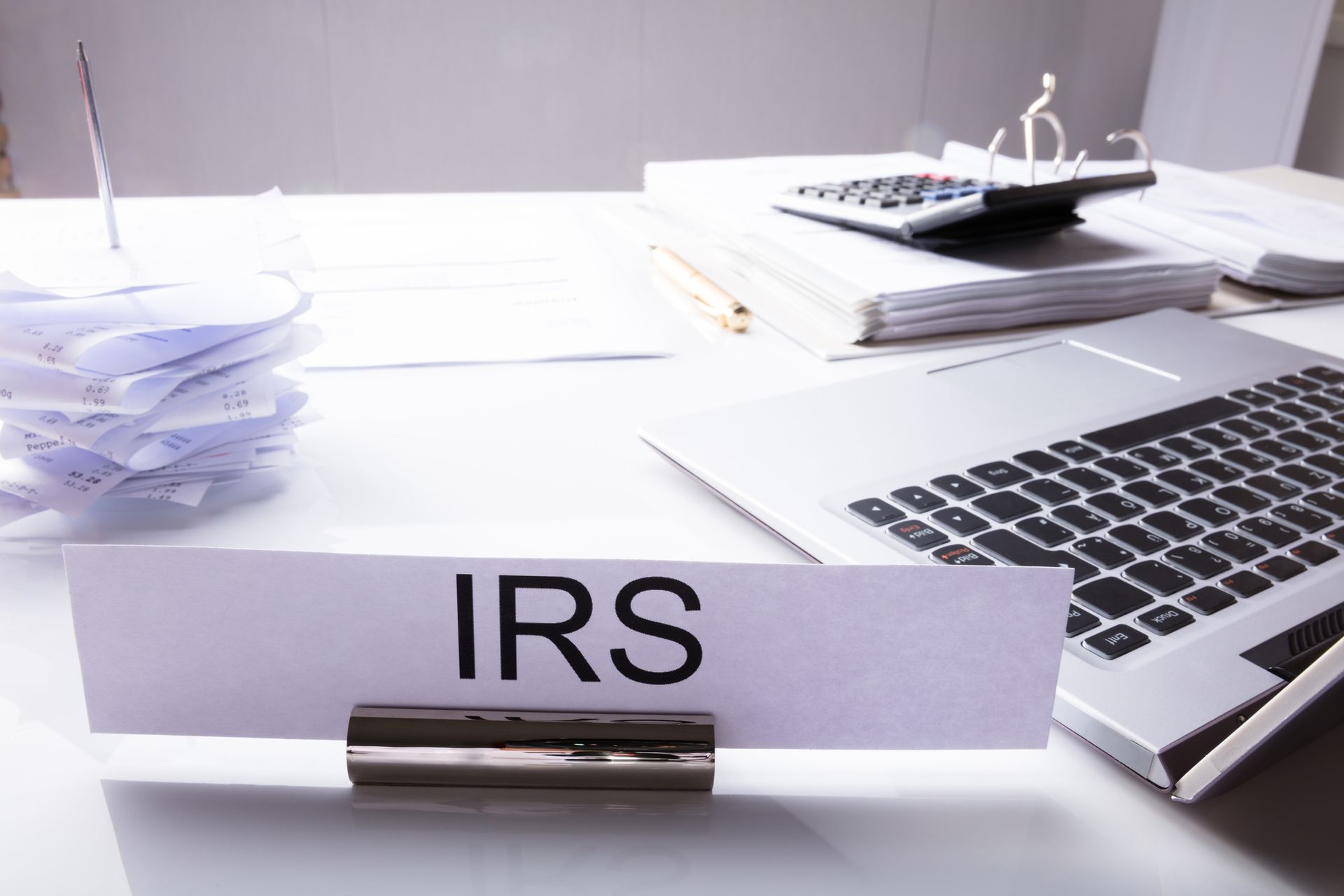Tax collection is one of the main ways in which the government can generate revenue. The Internal Revenue Service (IRS) serves as the primary agency responsible for collecting the taxes, enforcing tax laws, and ensuring taxpayers stay compliant.
Behind the scenes, the IRS operates through a complex framework of procedures and regulations, and it holds significant authority to go after taxes that are unpaid.
Let’s spend some time understanding the inner workings of the IRS and go over the steps to take if you need assistance navigating the complexities of tax collection.
The IRS's Role in Tax Collection
At its core, the IRS is tasked with the collection of federal taxes. This typically includes federal income taxes, payroll taxes, and other levies imposed by the Internal Revenue Code.
The IRS is responsible for processing all of the tax returns, assessing tax liabilities, and enforcing tax laws to ensure compliance. It contains an extensive network of offices and personnel, and the IRS regularly conducts audits, investigations, and enforcement actions to address any tax delinquencies.
To make sure taxpayers fulfill their tax obligations, the IRS can use a variety of enforcement tools and procedures. When taxes are overdue, the IRS may issue tax liens, garnish wages, levy bank accounts, and potentially seize property and other assets.
● Tax liens are legal claims against a taxpayer's property, serving as a form of collateral for unpaid taxes.
● Wage garnishments involve the deduction of unpaid taxes directly from an individual’s wages.
● Bank levies allow the IRS to seize funds from a taxpayer's bank account.
● In extreme cases, the IRS may resort to seizing assets, such as real estate properties or vehicles.


